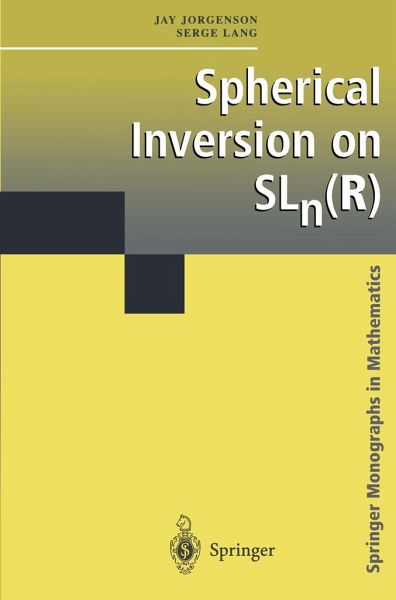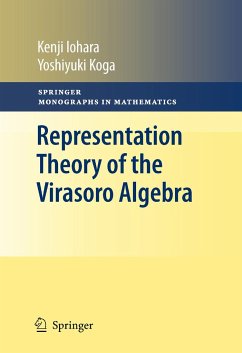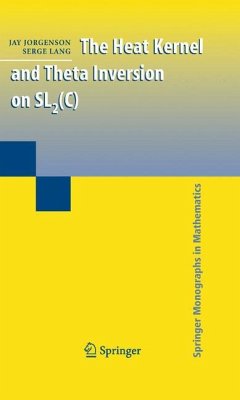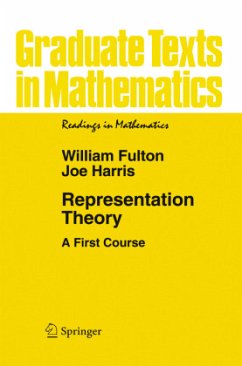
Spherical Inversion on Sln(r)
Versandkostenfrei!
Versandfertig in über 4 Wochen
102,99 €
inkl. MwSt.
Weitere Ausgaben:

PAYBACK Punkte
51 °P sammeln!
Harish-Chandra's general Plancherel inversion theorem admits a much shorter presentation for spherical functions. The authors have taken into account contributions by Helgason, Gangolli, Rosenberg, and Anker from the mid-1960s to 1990. Anker's simplification of spherical inversion on the Harish-Chandra Schwartz space had not yet made it into a book exposition. Previous expositions have dealt with a general, wide class of Lie groups. This has made access to the subject difficult for outsiders, who may wish to connect some aspects with several if not all other parts of mathematics, and do so in ...
Harish-Chandra's general Plancherel inversion theorem admits a much shorter presentation for spherical functions. The authors have taken into account contributions by Helgason, Gangolli, Rosenberg, and Anker from the mid-1960s to 1990. Anker's simplification of spherical inversion on the Harish-Chandra Schwartz space had not yet made it into a book exposition. Previous expositions have dealt with a general, wide class of Lie groups. This has made access to the subject difficult for outsiders, who may wish to connect some aspects with several if not all other parts of mathematics, and do so in specific cases of intrinsic interest. The essential features of Harish-Chandra theory are exhibited on SLn(R), but hundreds of pages of background can be replaced by short direct verifications. The material becomes accessible to graduate students with especially no background in Lie groups and representation theory. Spherical inversion is sufficient to deal with the heat kernel, which is at the center of the authors' current research. The book will serve as a self-contained background for parts of this research.














